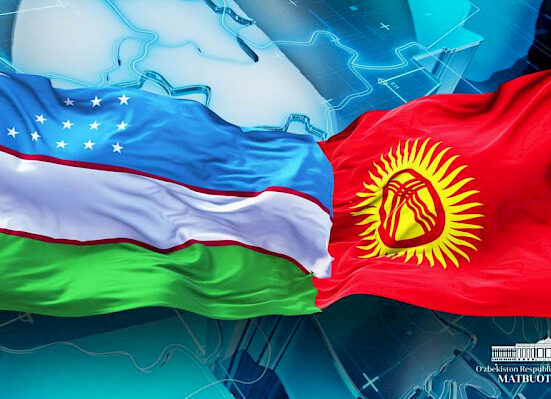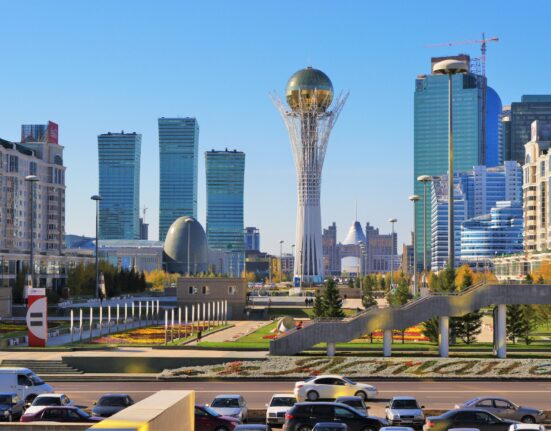The Eurasian Development Bank (EDB) and the Export-Import Bank of India (India Exim Bank) have released a joint research report, entitled ‘Exploring Trade and Investment Relations between India and Central Asia: Unlocking Economic Benefits’. The report analyzes the untapped potential of cooperation between the two dynamically growing economic centers.
The report lists Central Asia and India among the world’s fastest-growing economies. Over the past 15 years, their economies have grown approximately twofold. With an aggregate GDP of $522 billion in 2024, the economy of Central Asia is developing fast and has the potential to grow further. India, the world’s fifth-largest economy in terms of nominal GDP of $3.9 trillion in 2024, has emerged as the fastest-growing major economy in the world, supported by huge domestic demand and investment activity.
According to the report, trade between India and Central Asian countries exceeds $2 billion, with pharmaceuticals being India’s key export commodity to Central Asia, and petroleum products and fertilizers being Central Asia’s main exports to India.
In 2023, pharmaceutical products accounted for 37.9% of India’s total exports to Central Asia, followed by electrical machinery and equipment (12.1% of the total exports), machinery and mechanical appliances (10.4%), meat (5%), and fruit and nuts (3.2%). Petroleum products accounted for 35.3% of India’s total imports from Central Asia, followed by fertilizers (21.3%) and inorganic chemicals (13%).
The total investment of Indian companies in Central Asia is estimated at $1.5 billion, including in the raw materials sector, renewable energy, and textile industry.
The report says that establishing joint ventures and technological cooperation in such sectors as the petrochemical industry, pharmaceuticals, healthcare, and agriculture is a promising area of Central Asia-India cooperation.
The report highlights that the insufficient transport and logistics connectivity remains one of the main obstacles to the development of trade relations between India and Central Asia. Despite this, the potential for cooperation remains significant. Elimination of connectivity bottlenecks is beneficial for both India and the Central Asian countries. The development of the North-South International Transport Corridor will reduce the distance of transportation and the time of delivery of goods between India and Central Asia by 2-2.5 times, the report concludes.




